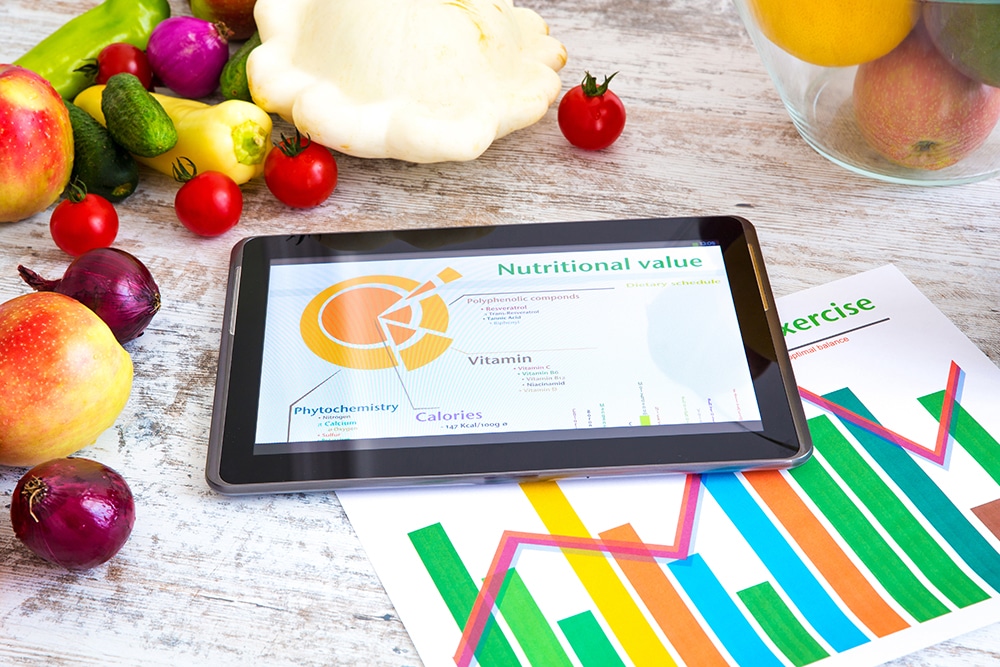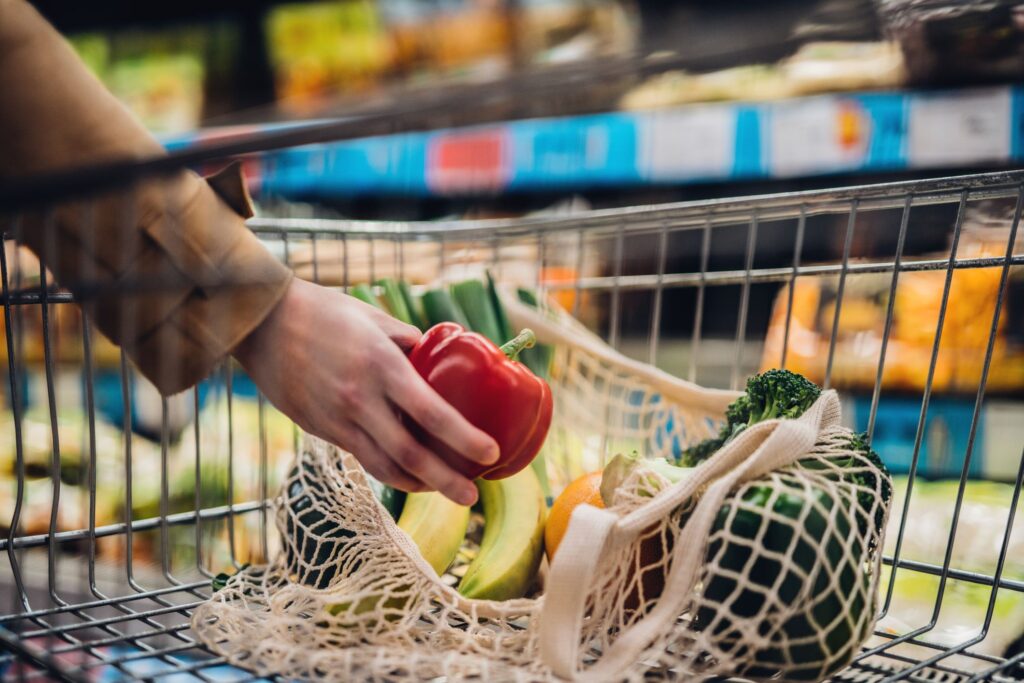Many restaurants now display nutritional information for their menu items. This helps customers make healthy decisions and build trust in the restaurant.
However, the process of obtaining menu nutrition data is not as simple as it sounds. It can be time-consuming and expensive, especially if you have to send food samples to labs for testing.
1. Know Your Customers
One of the most important things a restaurant can do to increase sales is to know its customers. By understanding their wants, needs and pain points, a business can improve its offerings and increase customer retention.
A great way to begin gaining insight into your customers is by creating buyer personas. These are based on demographic information and psychographic variables, such as values, beliefs, lifestyle choices, and buying habits.
These buyer personas provide a framework to analyze your customer base and target specific types of consumers. They also help you develop a competitive niche, find better customers, and adapt to your customer’s changing needs.
Another great way to get to know your customers is to collect feedback from them. This can be done by following up with email, SMS, or phone conversations.

2. Invest in a Nutrition Analysis Software
Investing in nutrition analysis software is a good idea for any restaurant that wants to provide customers with accurate nutritional information about dishes served on their menu boards. This technology helps professional chefs and restaurant owners track the nutritional values of ingredients and recipes in order to calculate the calories and nutrients contained in each dish, which they can then use as a basis for menu changes or adjustments if needed.
Using the best nutrition software can also help businesses meet FDA compliance laws and transparency standards. The most robust nutrition analysis programs will have features to automatically update data sets with new food databases and guidelines as they become available.
Choosing nutrition analysis software is an important decision for any restaurant owner, so it’s crucial to do your research and find a program that meets all of your business’s needs. Read online reviews, compare features and pricing, and look for software with a good reputation.
3. Have a Definite Menu
A defined menu can be a critical part of a restaurant’s success. It provides a clear guideline on the types of food you offer and helps you determine how many items you will have to stock.
A well-planned menu will be divided into logical sections, such as appetizers, entrees, drinks, and desserts. It should also be easy for guests to find what they are looking for.
The best menus are designed with an image that fits the restaurant’s brand. Some examples include boxing selections within the menu, adding color and pictures, using callouts or feature boxes, and highlighting signature items.
Featuring items with high contribution margins and low food costs is a good way to increase profitability. However, you should avoid overly high prices that could stifle your business.

4. Keep Up with Trends
In the restaurant industry, it’s not uncommon for trends to come and go. Some fads are good – like crimped hair or thigh-high denim boots – but they won’t work in every establishment.
The best way to keep up with the latest restaurant trends is to stay educated on them. This can be done in many ways, including by reading industry blogs or magazines.
It can also be a good idea to follow hashtags on social media. These will let you know what foodies in your area are liking and might give you some ideas on which menu items to add to your menu.
Keeping up with trends in the restaurant industry can be a great way to expand your business and attract new customers. Just make sure that you’re following the trends that are right for your restaurant and your customer base! It’s not always easy to keep up with all the changes that are happening, but if you can, you’ll be well on your way to success.










































Discussion about this post